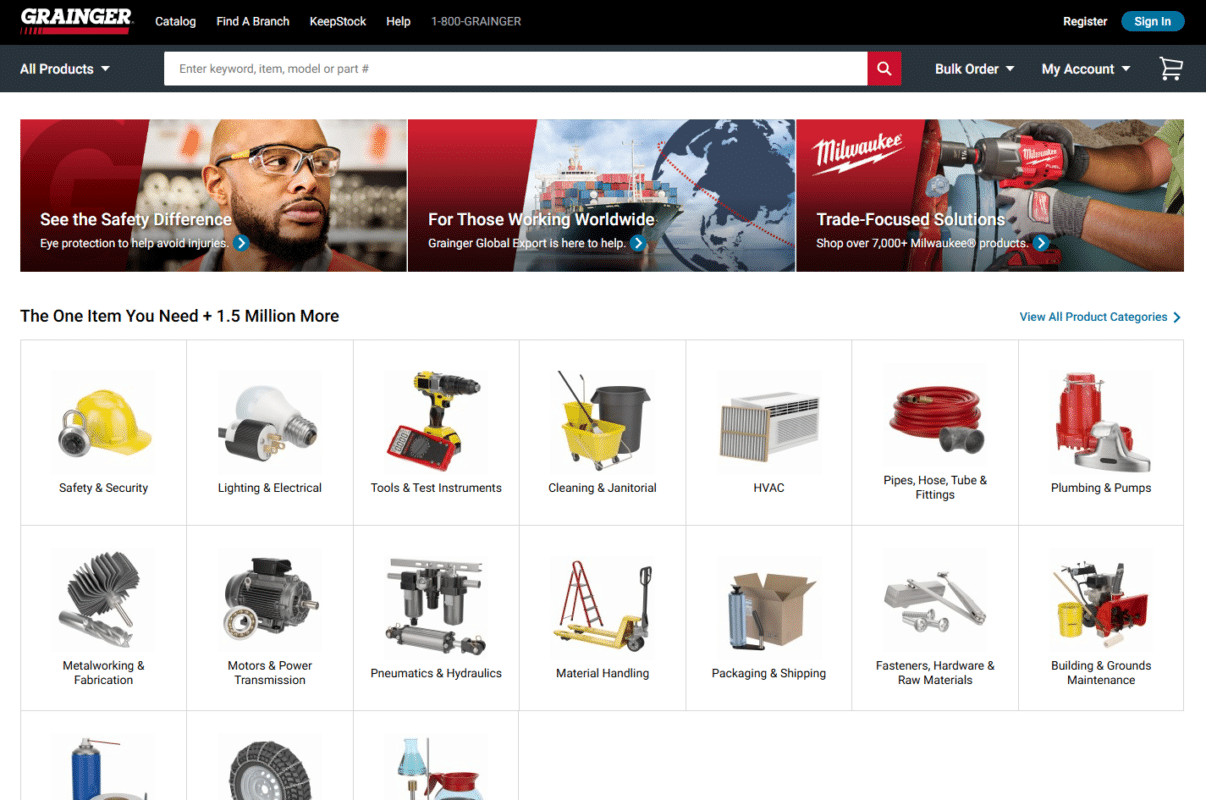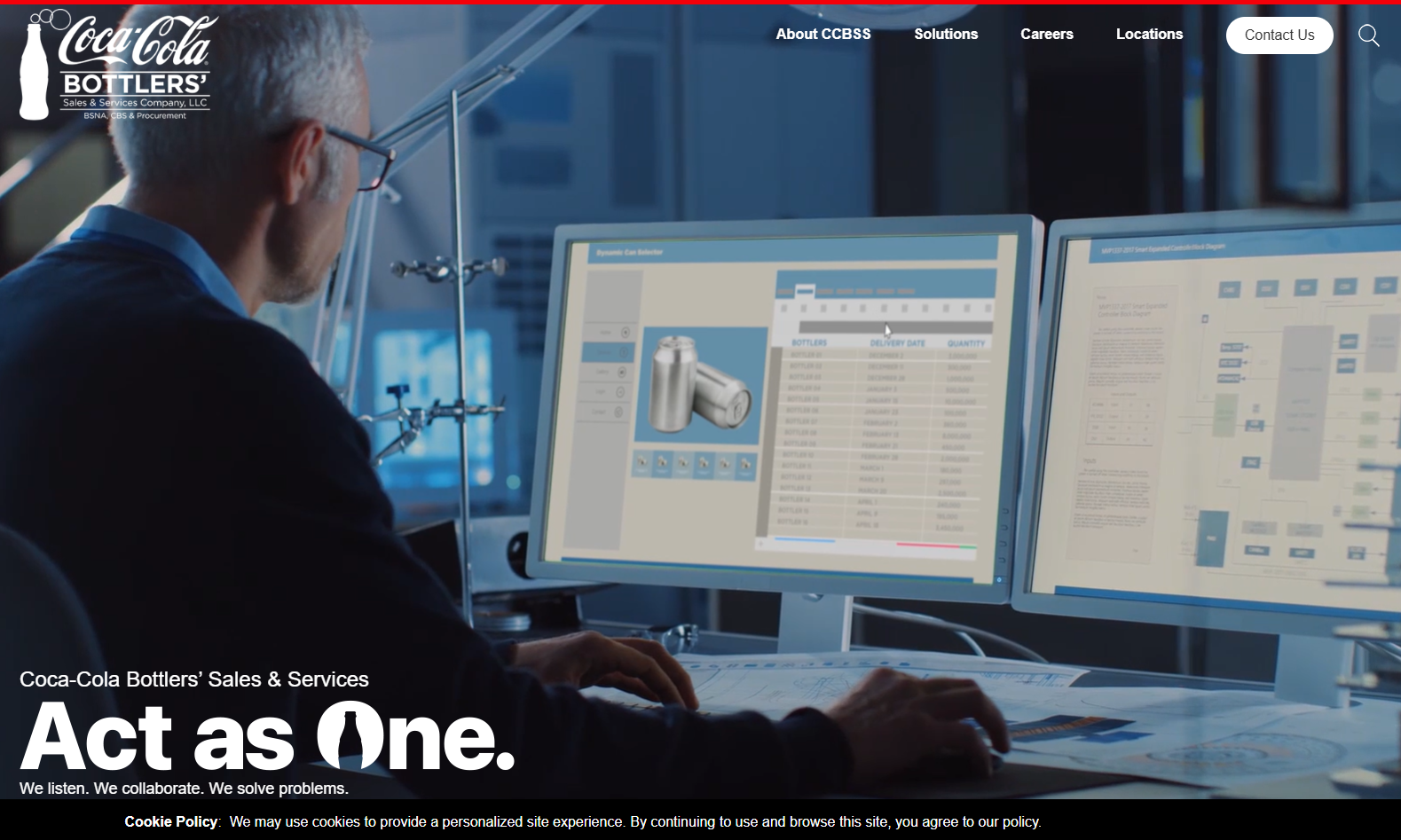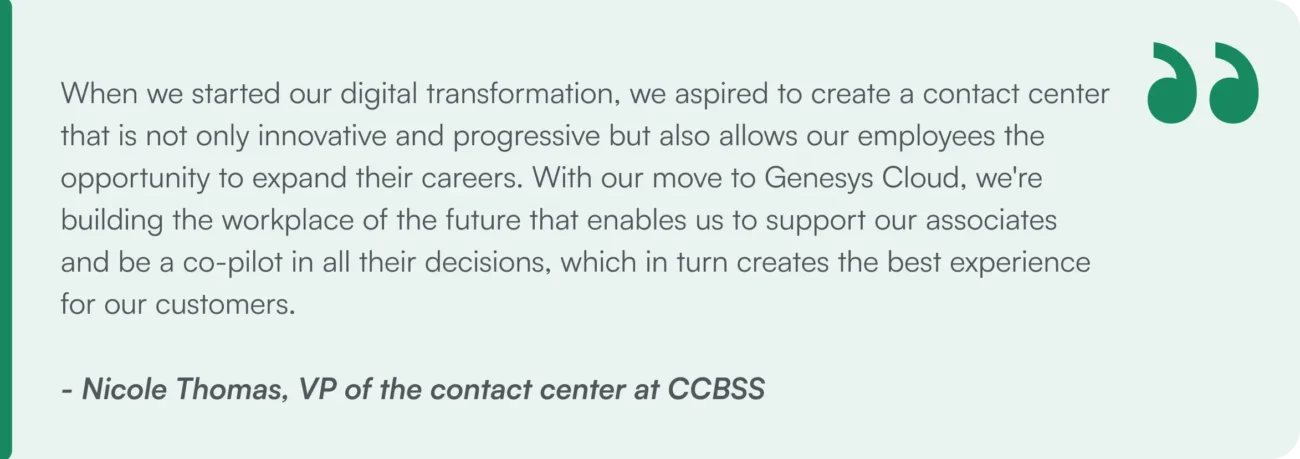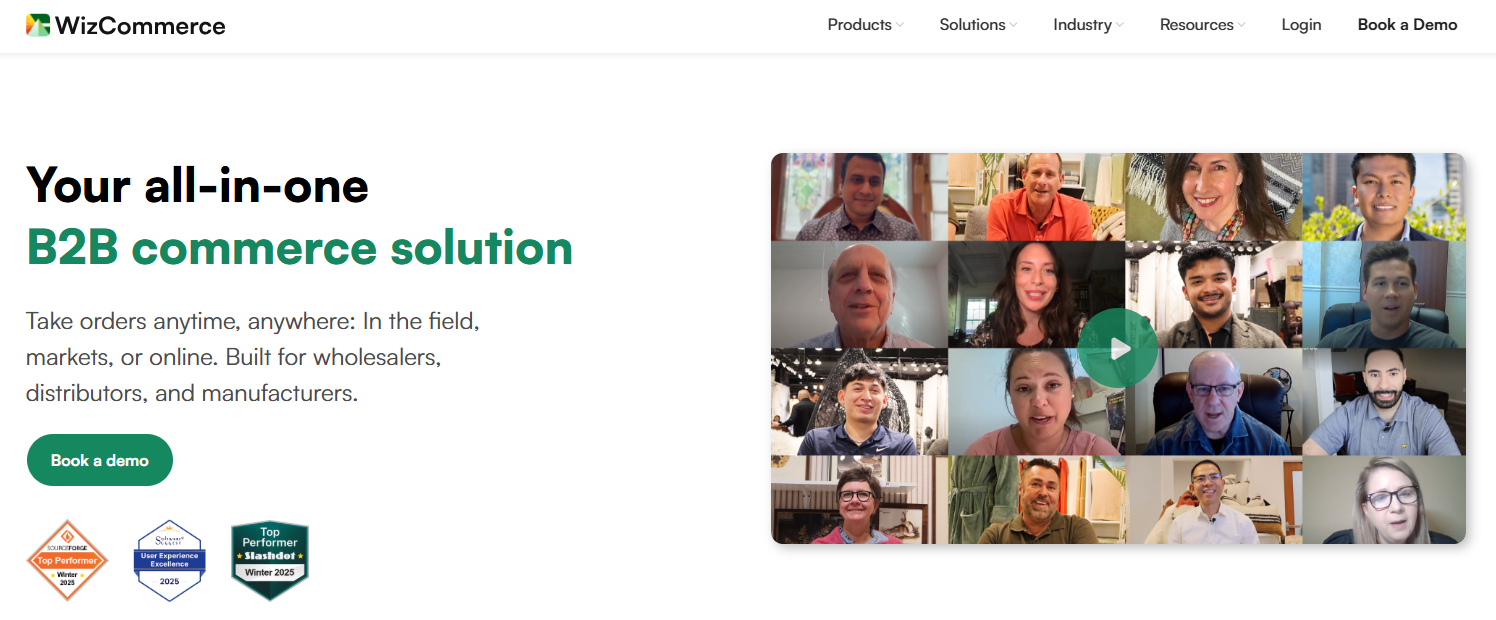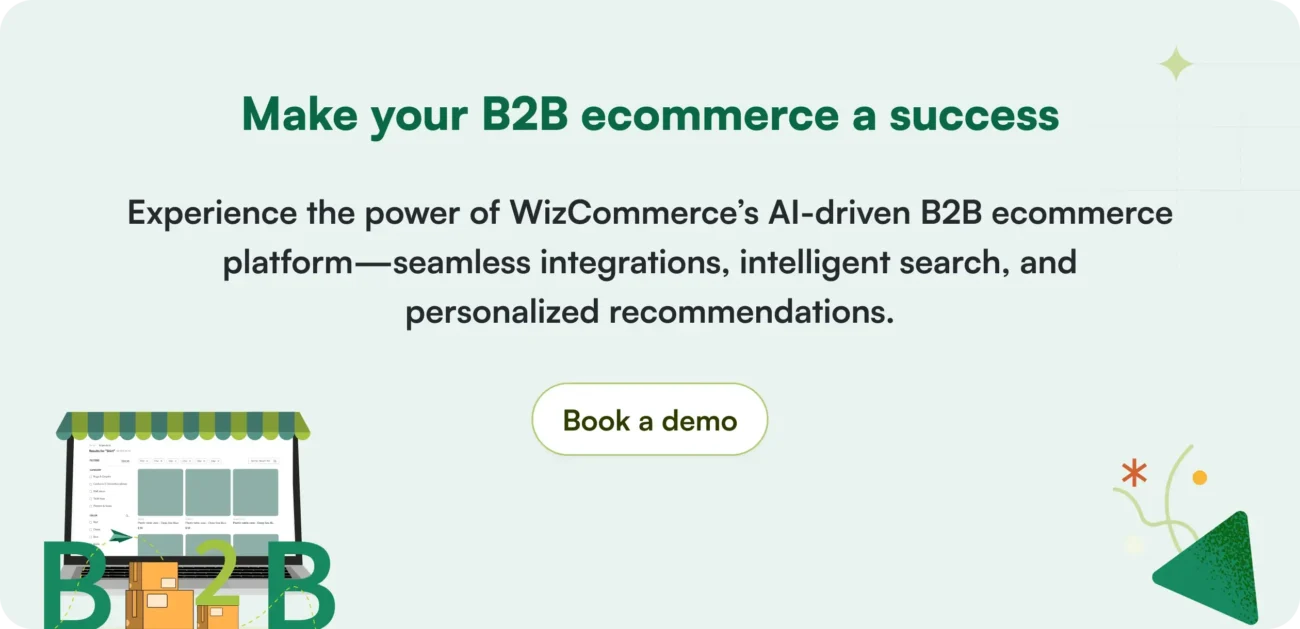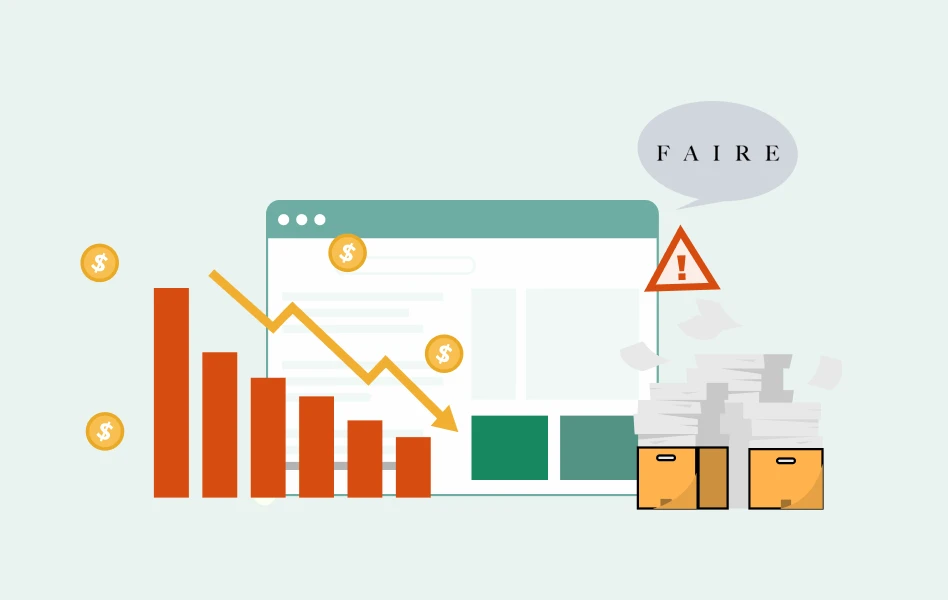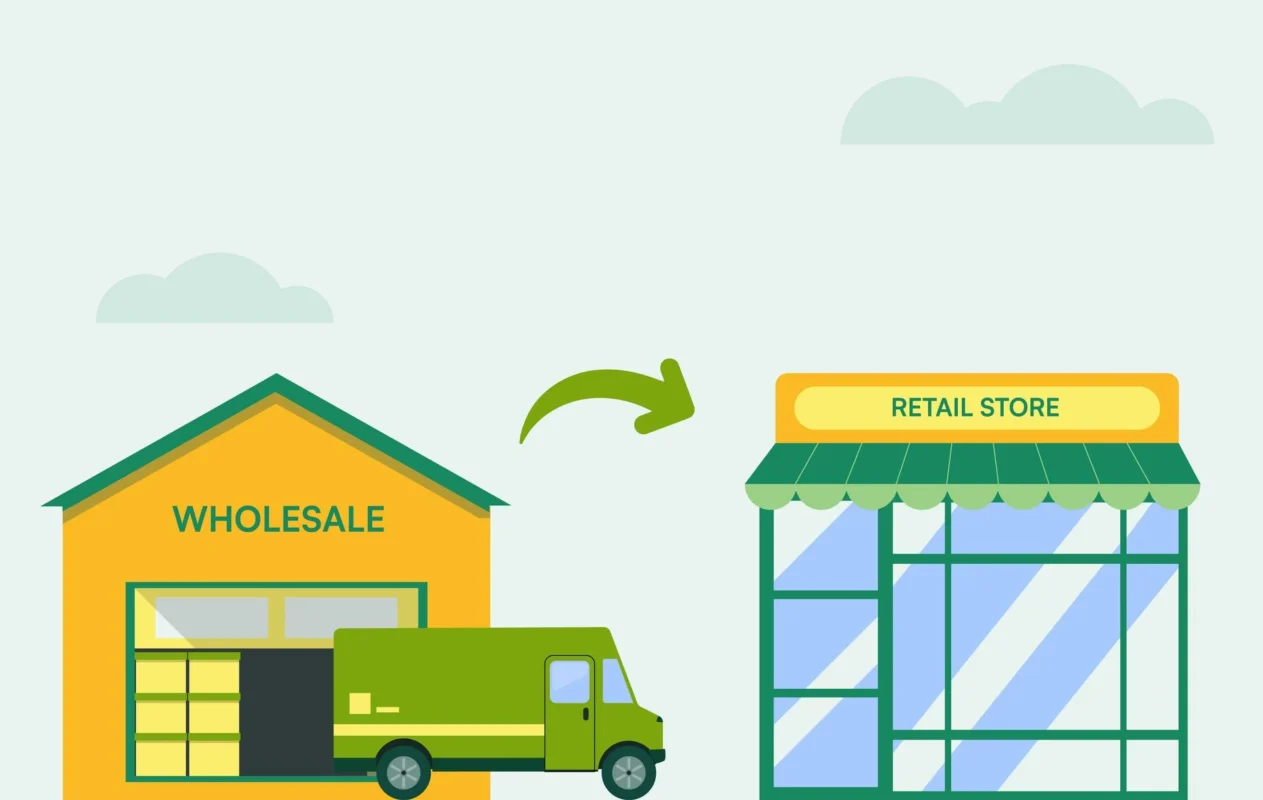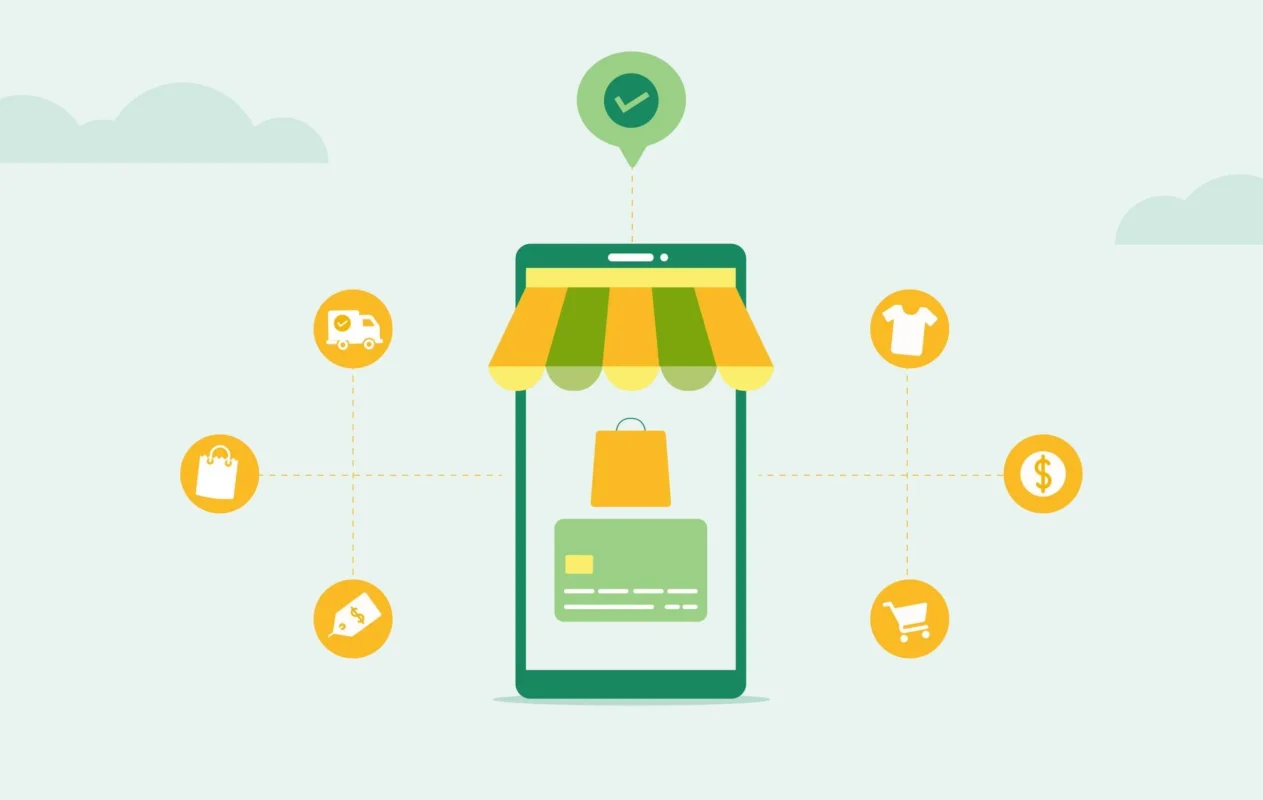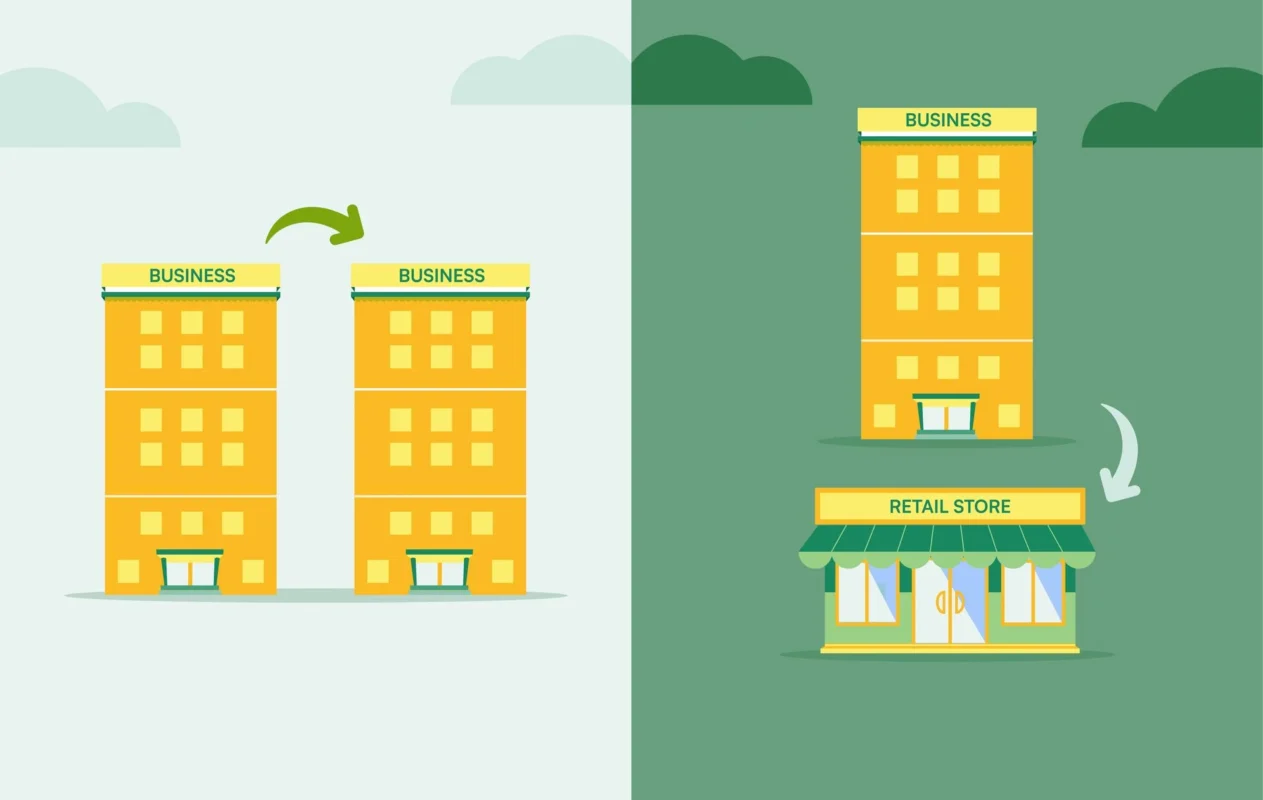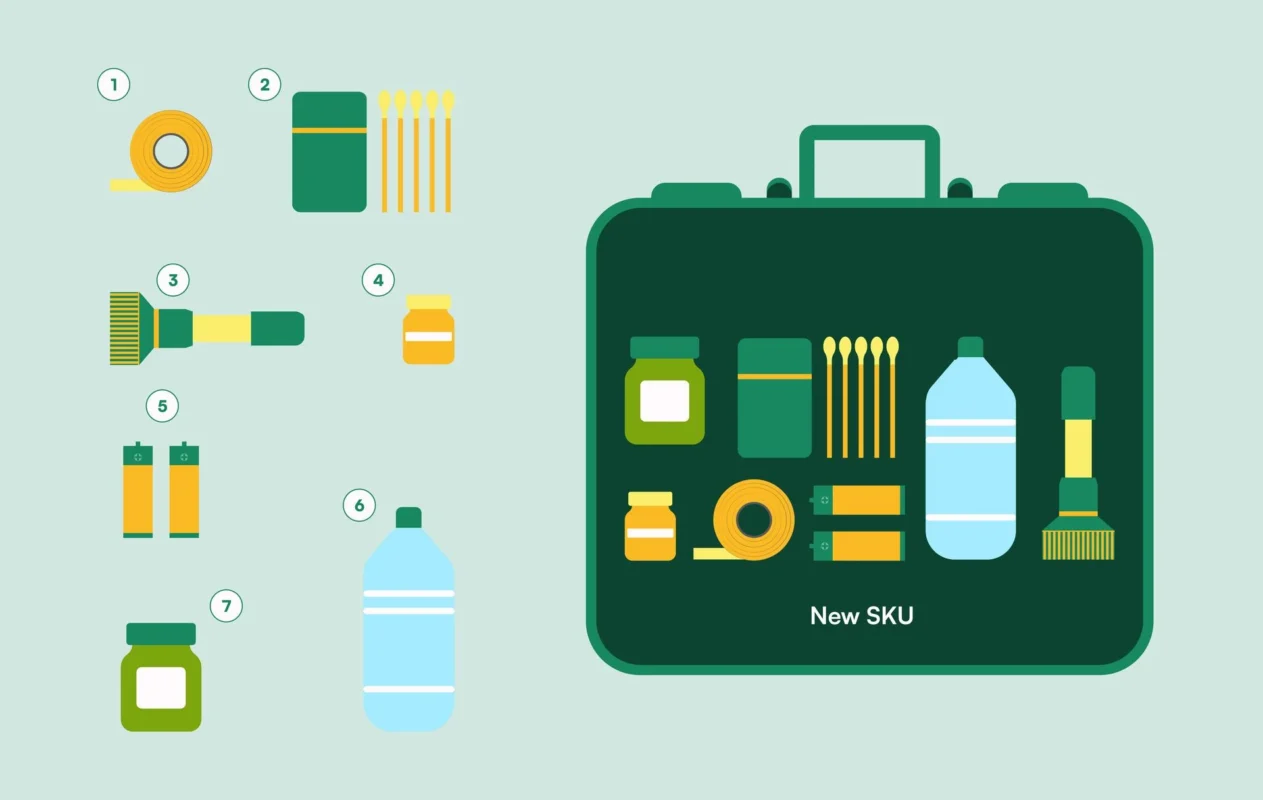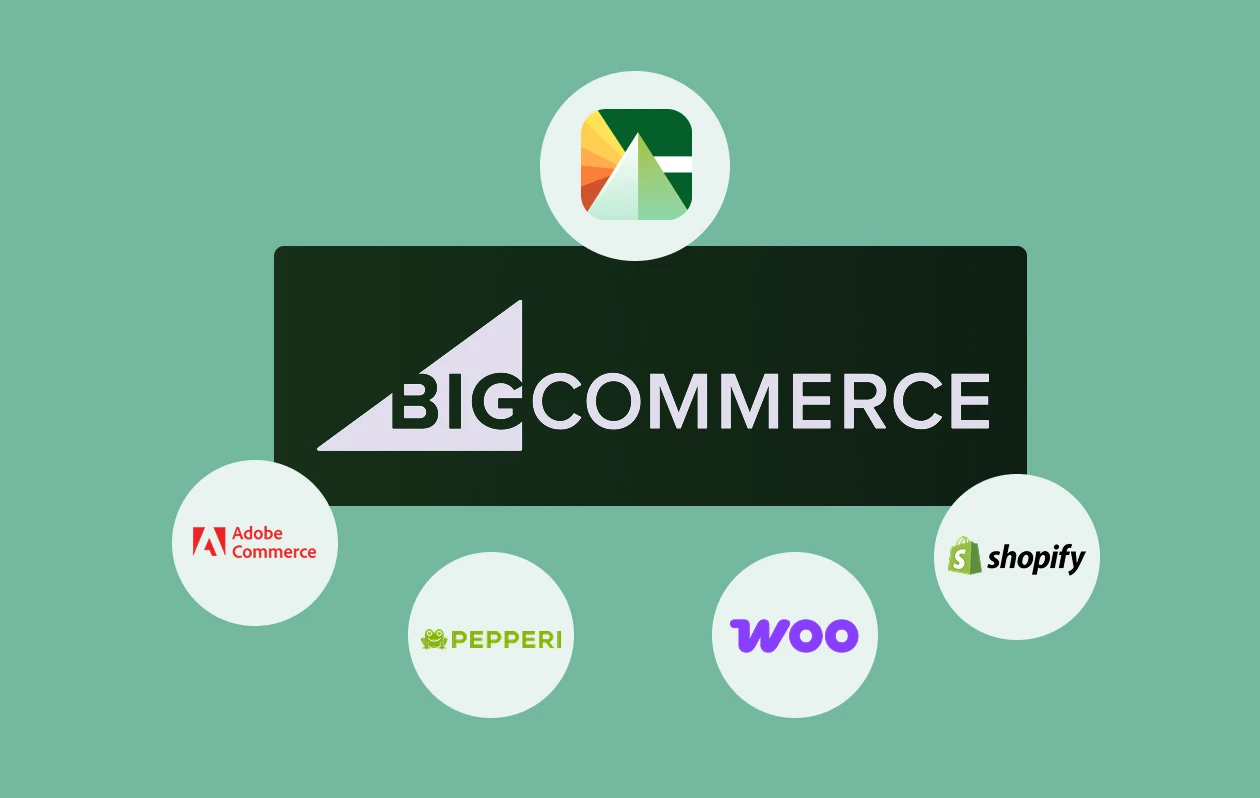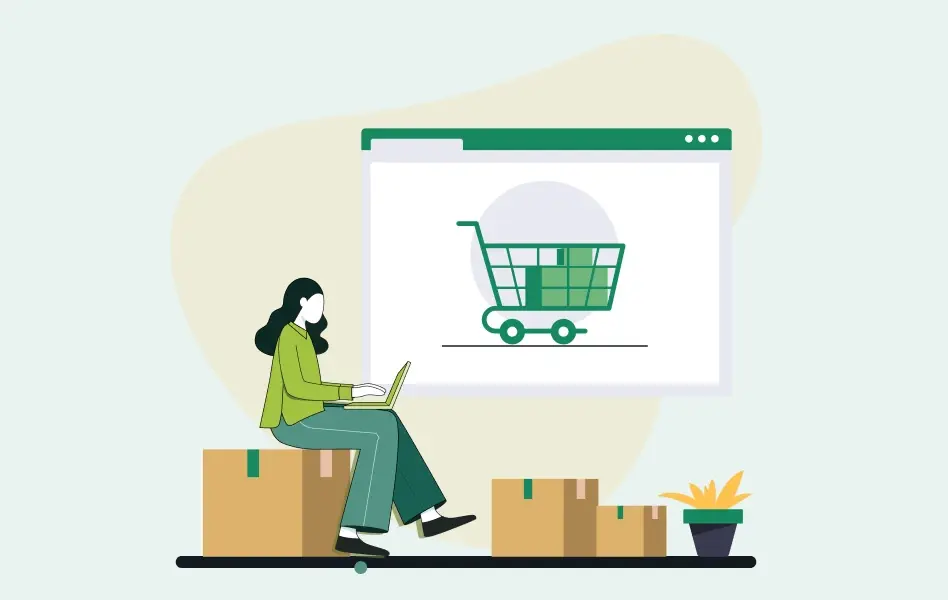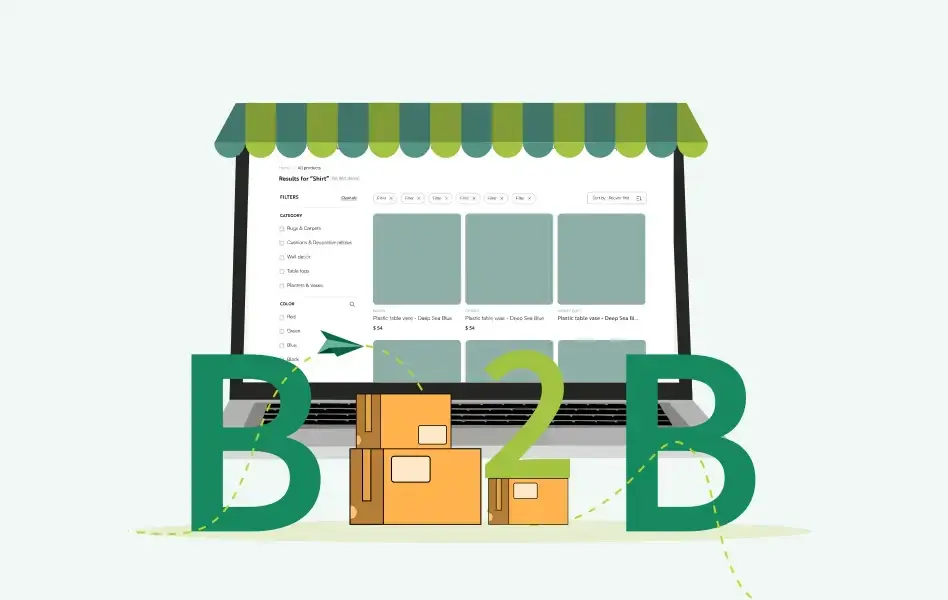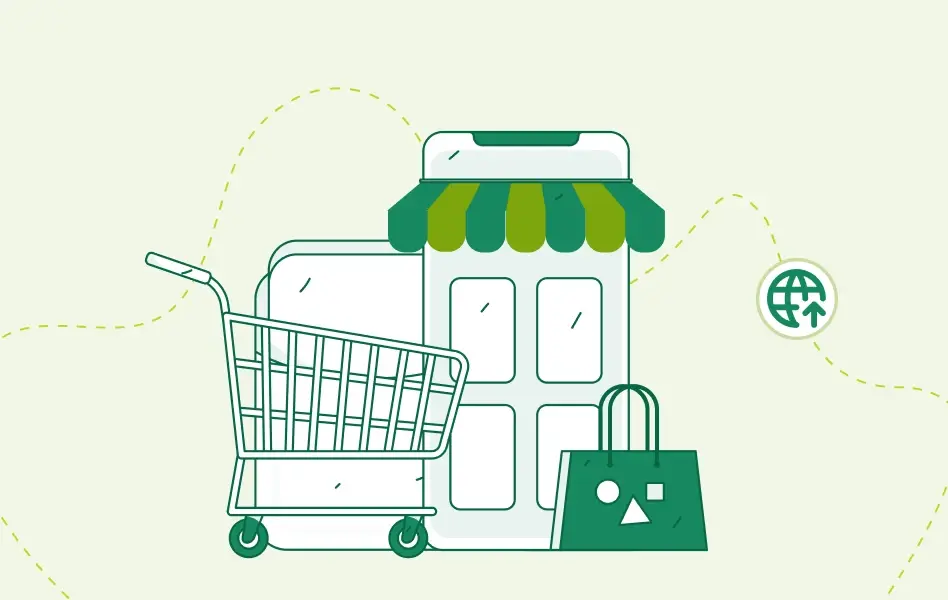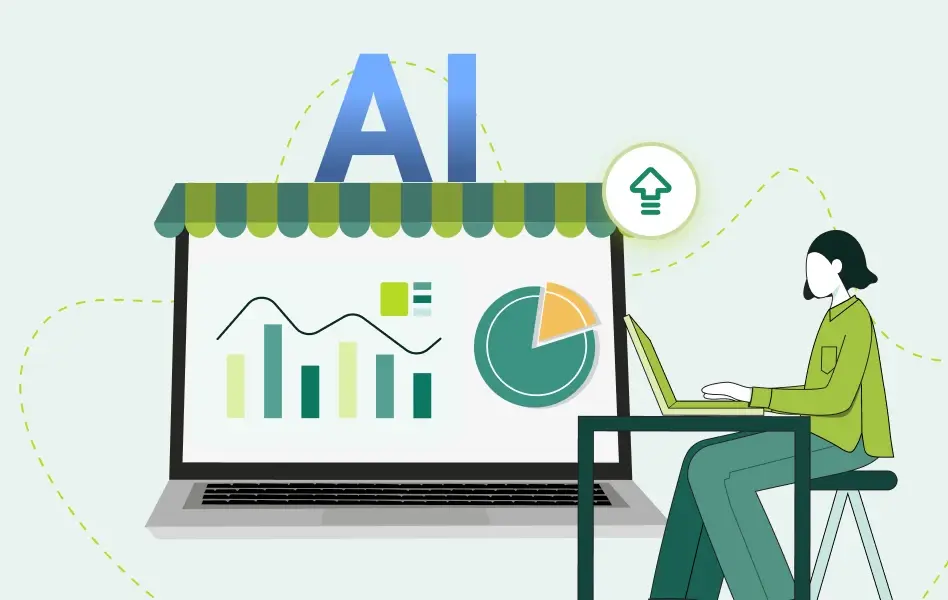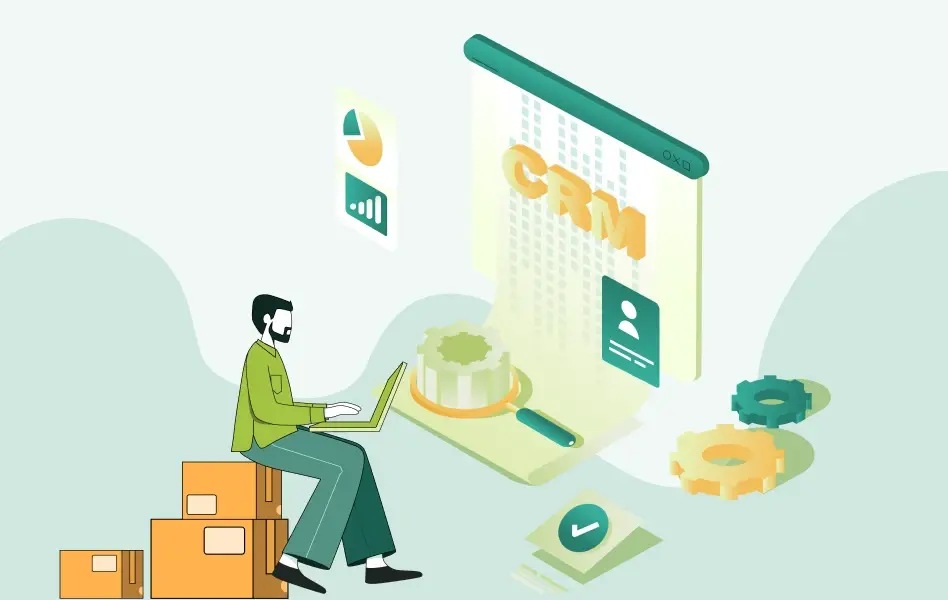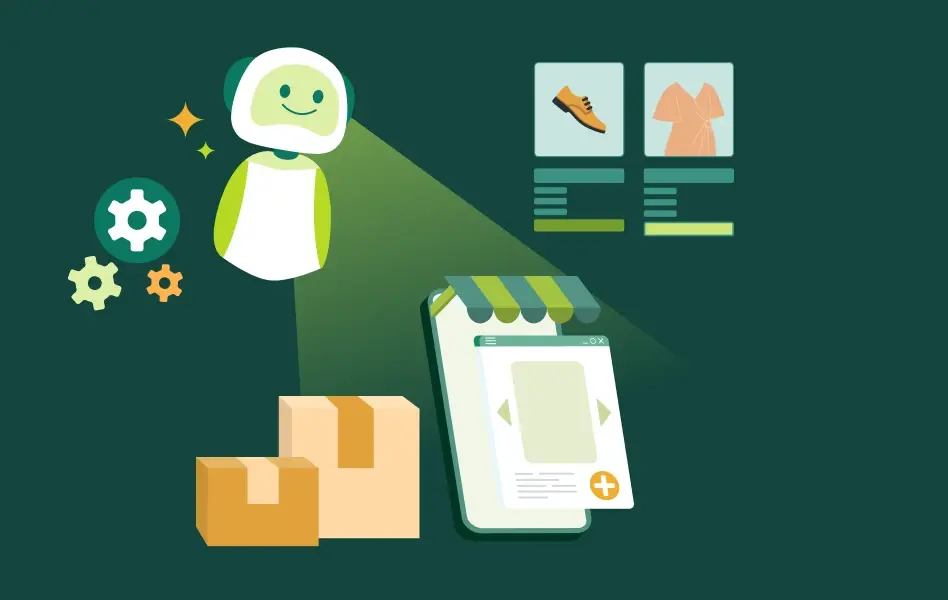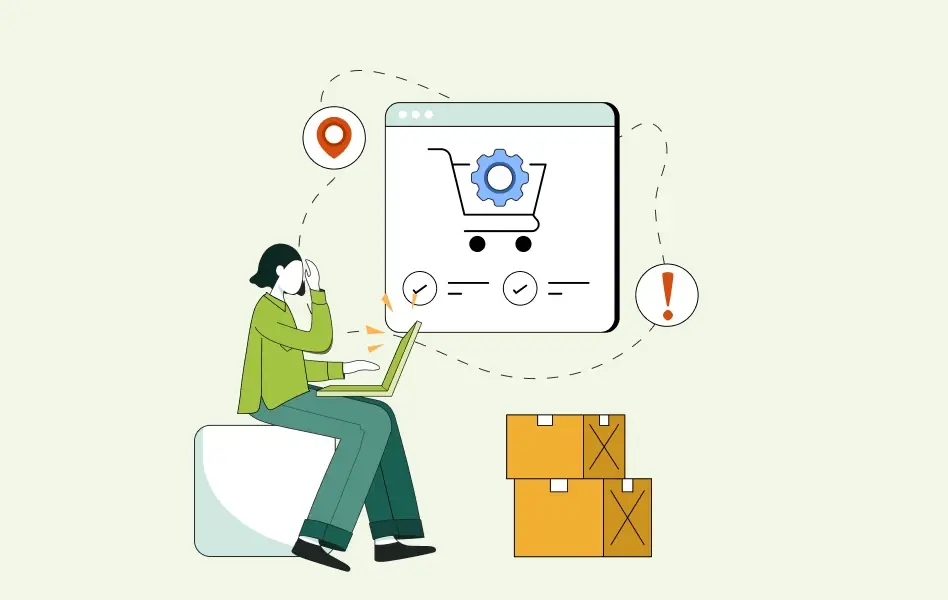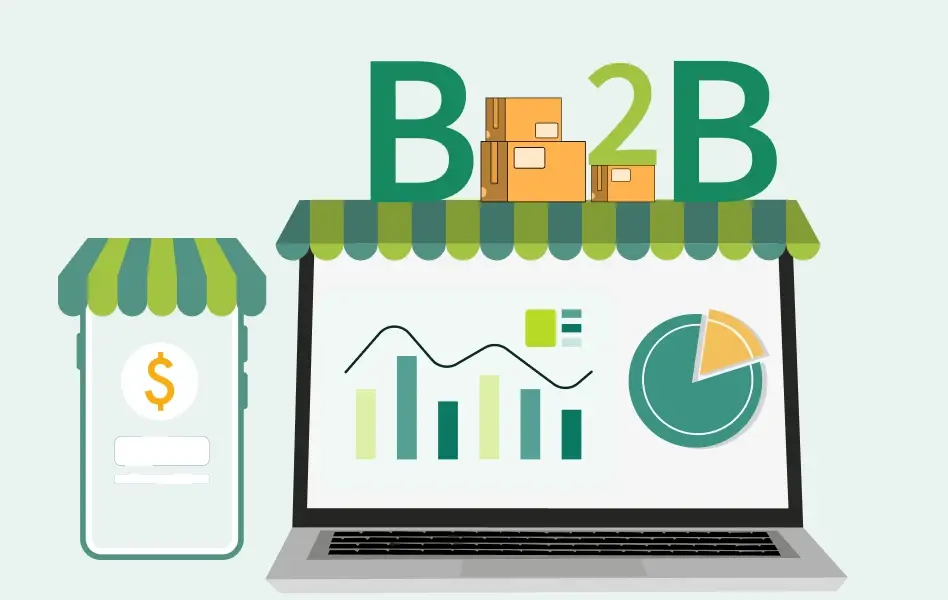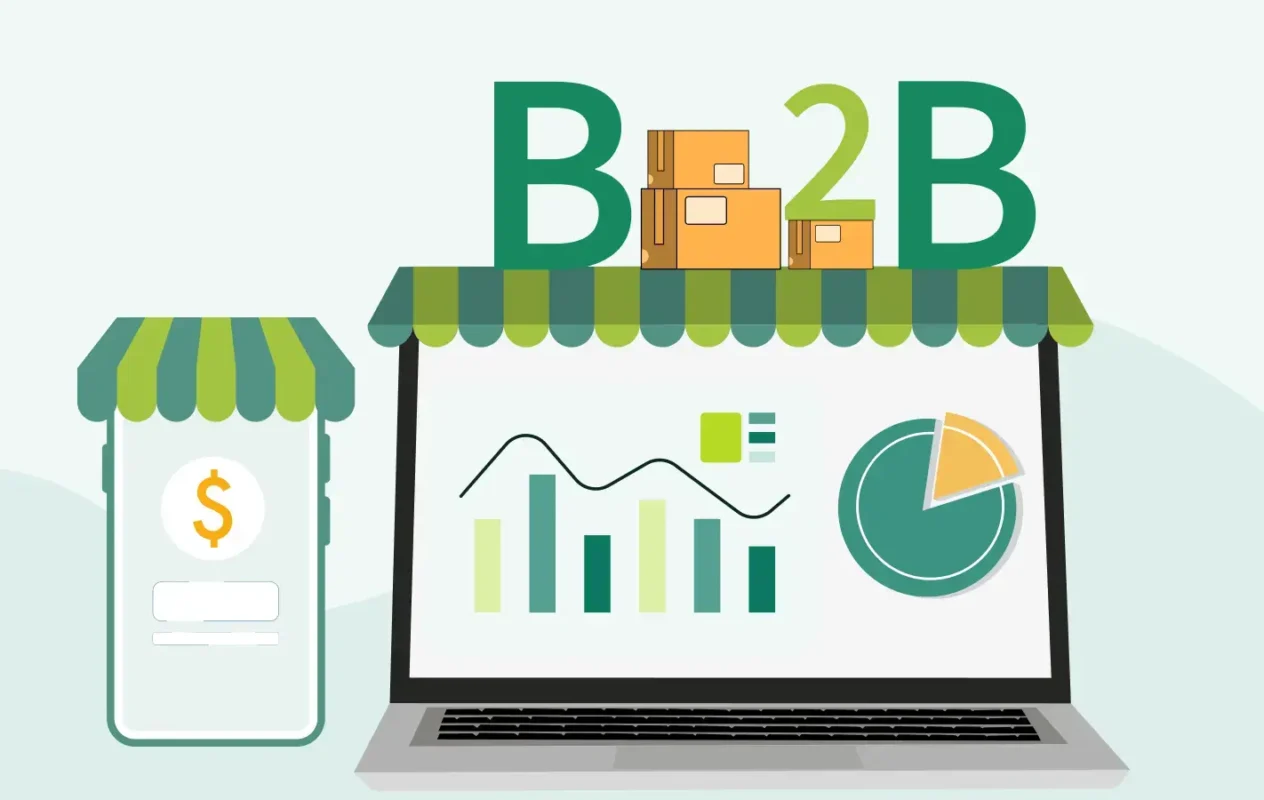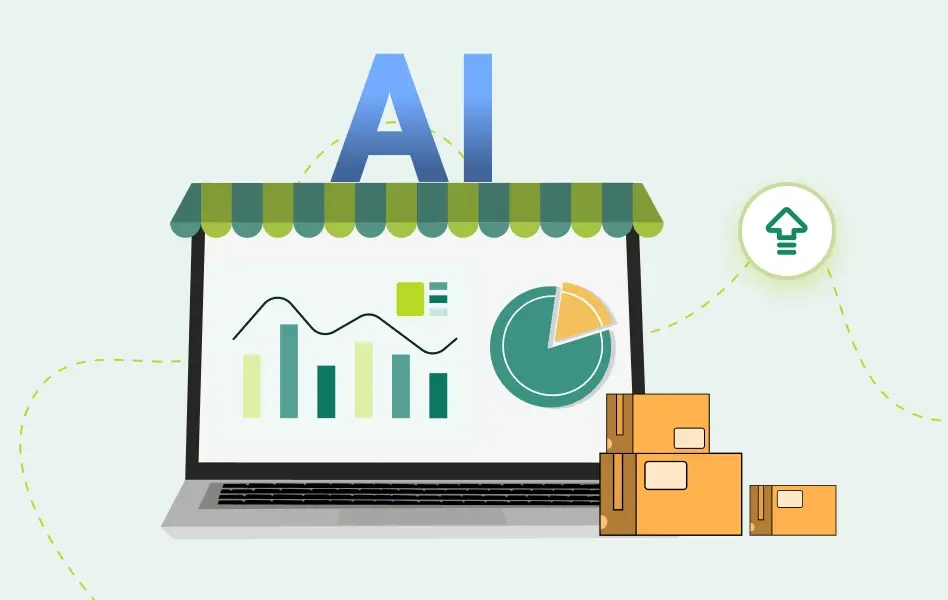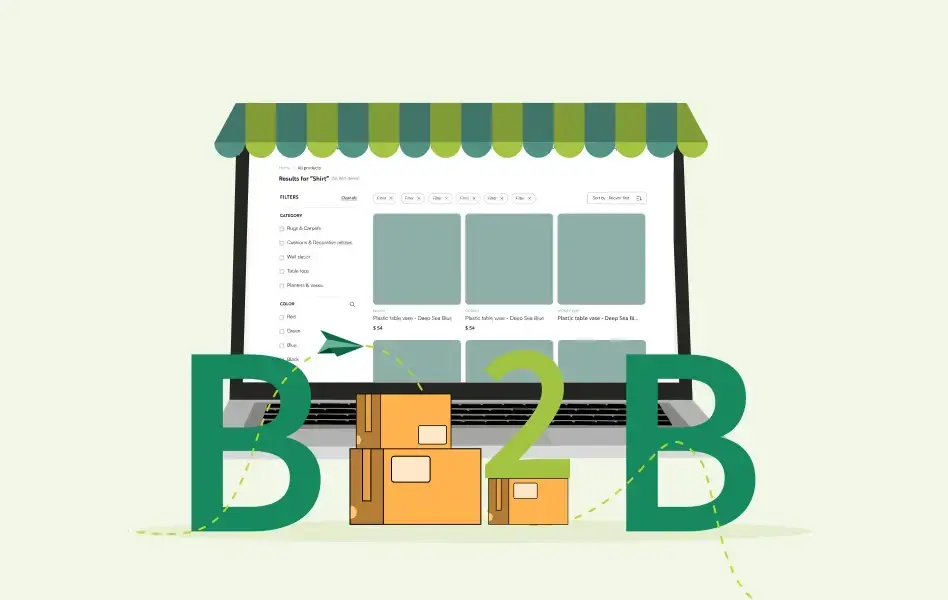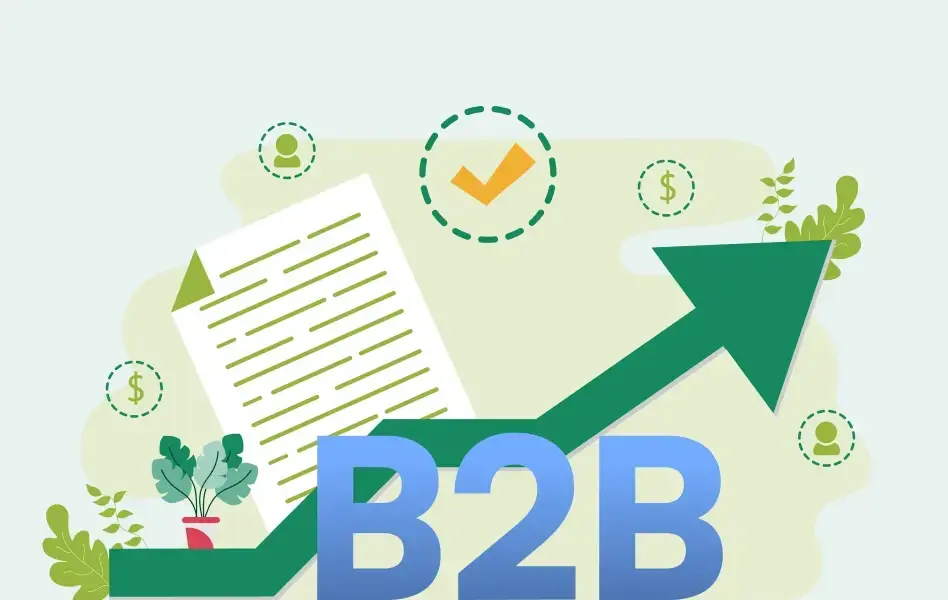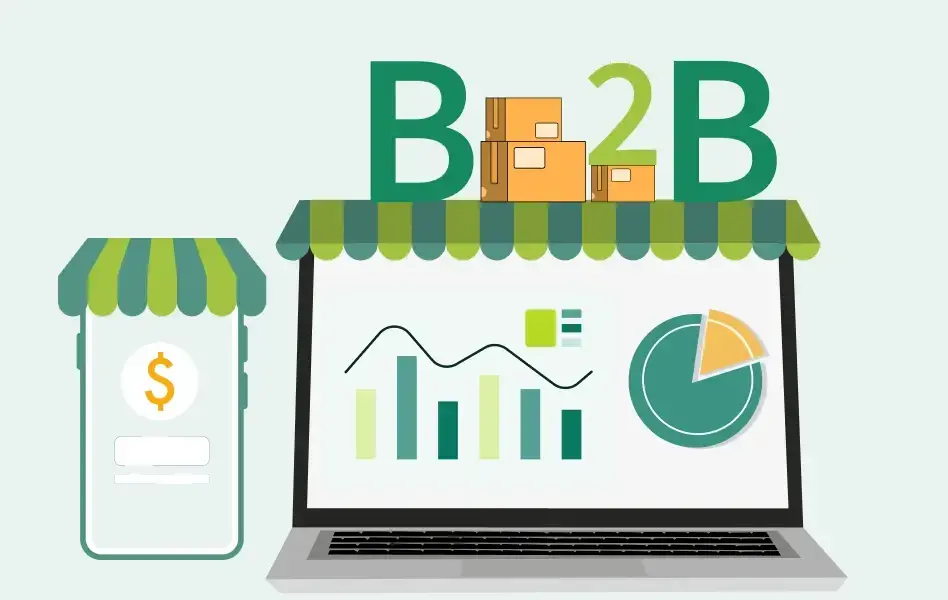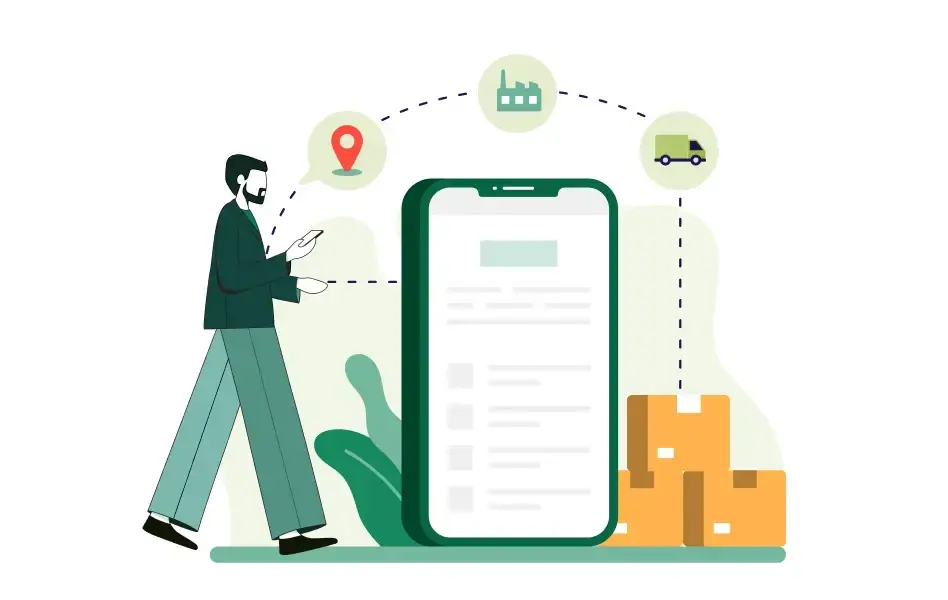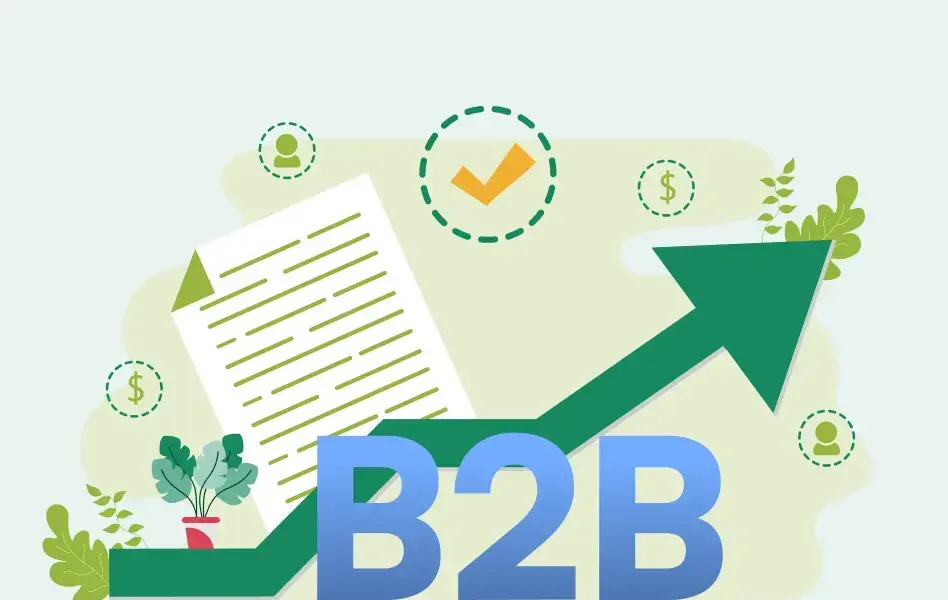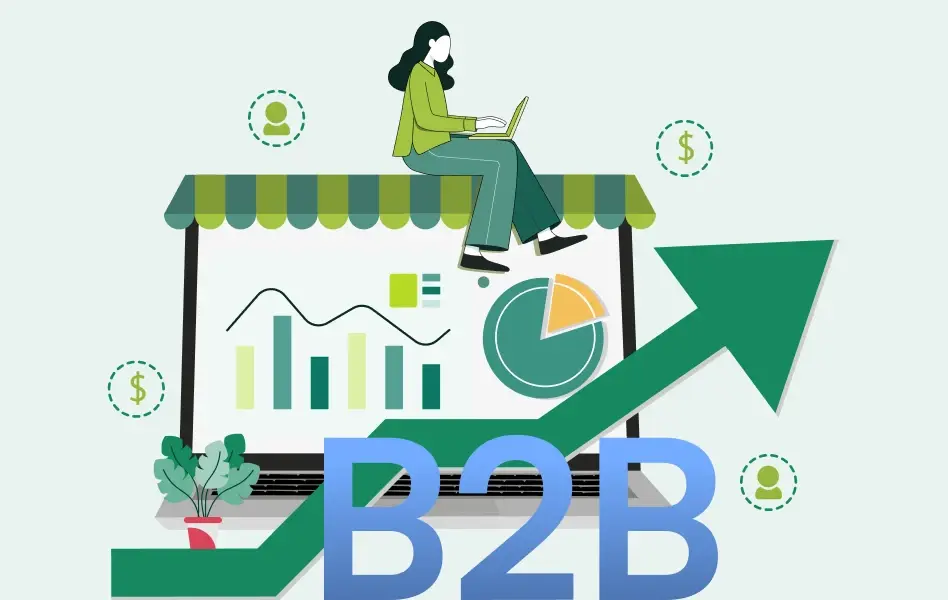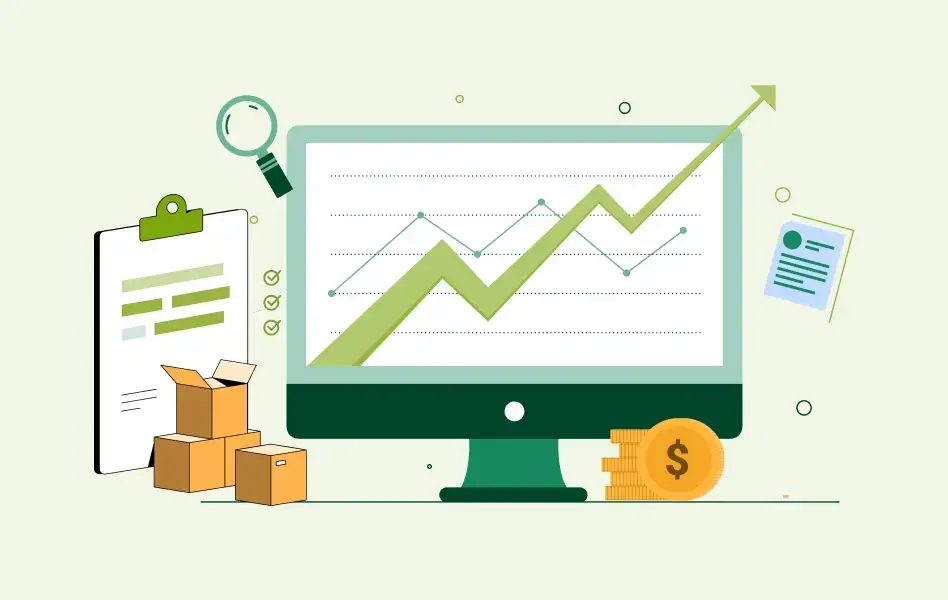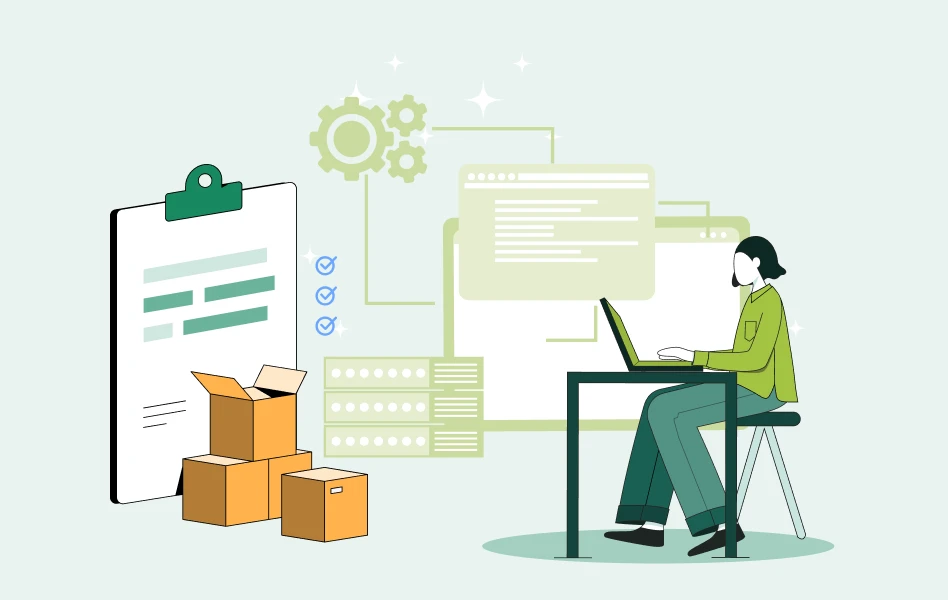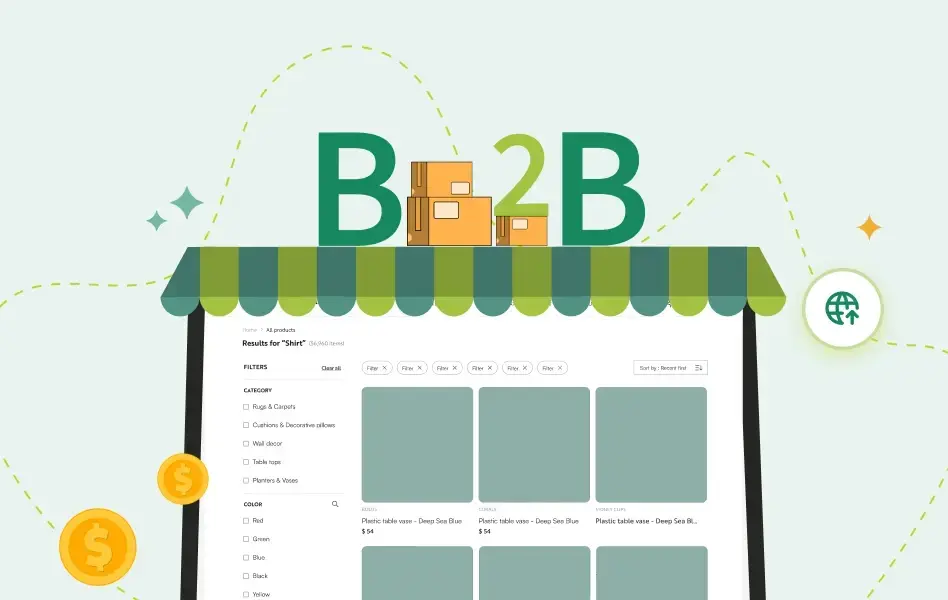Contents
B2B ecommerce is transforming how businesses buy and sell, with the market projected to grow from $21.5 trillion in 2022 to $166.3 trillion by 2032. Here’s what you need to know:
- What is B2B ecommerce?
It involves business-to-business transactions, focusing on bulk orders, customized pricing, and complex purchase processes.
- Key players and strategies:
-
- Grainger: Uses AI tools, data management, and digital marketing to streamline operations and grow sales.
- CCBSS: Optimized beverage distribution with advanced analytics, voicebots, and augmented reality tools.
-
- Leading platforms:
-
- WizCommerce: Offers features like real-time ERP sync, typo-tolerant search, and AI-powered recommendations to solve common B2B challenges.
-
- Trends to watch:
-
- Digital sales channels are expected to dominate, with 80% of B2B sales interactions happening online by 2025.
- Features like personalization, mobile optimization, and self-service are becoming essential.
-
- Emerging technologies:
-
- Headless commerce, marketplace expansion, and sustainability are shaping the future of B2B ecommerce.
-
| Parameters | Grainger | CCBSS |
|---|---|---|
| Focus | Industrial supply chain | Beverage distribution |
| Key tools | AI, data management, digital marketing | Analytics, voicebots, AR |
| Result | $17.18B in 2024 sales | Improved customer experience |
B2B ecommerce is evolving fast. Businesses that invest in digital tools, prioritize customer experience, and adapt to trends will stay ahead. So, let’s explore the best examples of B2B ecommerce that invested in digital tools, prioritized customer experience, and adapted to trends.
Leading examples of B2B ecommerce companies
Top companies in the B2B ecommerce space are setting the standard with their digital strategies. Let’s explore two examples of embracing digital tools to reshape their operations.
1. Grainger’s digital transformation
Grainger has reshaped the industrial supply chain by focusing on digital tools and platforms. With a catalog of 2.5 million products and a customer base exceeding one million, Grainger reported $17.18 billion in net sales for fiscal 2024, reflecting a 4.2% growth.
Here’s a breakdown of Grainger’s key digital initiatives:
| Digital initiative | Impact | Results |
|---|---|---|
| AI tools | Enhanced search functionality in call centers | Boosted customer support efficiency |
| Data management | Handled 400,000+ daily product updates | Improved inventory tracking |
| Digital marketing | Personalized campaigns | Achieved a 1,000% increase in ROAS |
| Computer vision | Simplified KeepStock installation | Lowered errors and costs during setup |
Grainger’s commitment to technology has helped it stay ahead in the competitive industrial supply market.
2. CCBSS: Modern beverage distribution
CCBSS, which supports nearly 70 independent Coca-Cola bottlers, has also embraced digital transformation. The company developed a custom platform to optimize order management and forecasting. This platform combines advanced analytics with tailored dashboards and uses the Genesys Cloud platform to improve customer service.
CCBSS has also enhanced customer interactions with cutting-edge tools. Its voicebot accurately identifies caller intent over 80% of the time, and augmented reality is used during video chats to resolve technical issues remotely. These advancements have made their operations more efficient and customer-focused.
Best B2B ecommerce platform for your success
WizCommerce is an all-in-one SaaS platform designed for wholesalers, distributors, and manufacturers, aligning with industry digital transformation trends.
1. WizCommerce’s B2B ecommerce platform features
WizCommerce offers tools that simplify critical business processes:
| Feature category | Capabilities | Business impact |
|---|---|---|
| Data management | Real-time ERP sync, automated order processing | Minimizes manual errors and saves time on order handling |
| Customer experience | Typo-tolerant search, intuitive filters | Speeds up product discovery and boosts user satisfaction |
| Sales enhancement | AI-powered recommendations, lead scoring | Helps increase order value and identifies upselling chances |
| Payment solutions | Multiple B2B payment methods, custom pricing | Provides flexible payment terms and tailored pricing |
| In-built B2B features | Bulk ordering, customer approval flows, Re-ordering | Helps improve your workflows |
2. Solving B2B challenges with WizCommerce
WizCommerce effectively tackles common B2B pain points. For example, Matr Boomie streamlined its trade show operations with the platform.
HiEnd Accents also benefited by quickly identifying hundreds of product variants using WizCommerce’s fuzzy search feature.
3. Why choose WizCommerce?
- Operational efficiency
Businesses report saving significant time on order processing and inventory management. Seamless integration keeps data flowing smoothly between systems, reducing manual work and errors.
- Boosted sales performance
The AI-driven recommendation engine helps sales teams spot upselling opportunities, increasing average order values. Barcode scanning and a user-friendly interface also speed up and improve showroom order processing.
- Outstanding customer support
WizCommerce is known for its responsive support team, which ensures smooth operations and helps customers achieve their goals.
WizCommerce offers a budget-friendly solution with advanced features. It’s a platform built to address the unique needs of B2B businesses.
B2B Ecommerce key features and emerging trends
With B2B ecommerce accounting for 74.6% of online trade in the U.S., understanding what drives success is crucial for growth.
1. Key features of successful platforms
Modern B2B platforms need to align with changing buyer expectations. According to a McKinsey study, 73% of B2B buyers now want experiences similar to B2C.
| Feature | Impact | Example |
|---|---|---|
| Personalization | 82% of decision-makers expect tailored communication | RANDYS Worldwide created custom portals for different auto parts brands. |
| Mobile optimization | 63% of sales now come from mobile shopping | Intelligentsia Coffee boosted mobile transactions by 16% with unified commerce. |
| Self-Service options | 75% of buyers prefer to avoid sales reps | Vink VTS saw a 160% increase in website orders with online self-service. |
These features form the foundation for building a platform that meets buyer demands.
2. Emerging trends in B2B commerce
The global B2B ecommerce market is expected to hit $20.9 trillion by 2027, growing at a 17.5% annual rate. Notable trends include:
- Headless commerce: 80% of enterprises plan to adopt this within two years.
- Marketplace expansion: The number of B2B marketplaces is set to surpass 750 by 2025.
- Sustainability priorities: Environmental considerations are increasingly influencing supplier choices.
Conclusion: Next steps in B2B ecommerce
Businesses that transition to composable IT architectures grow 1.8 times faster than their competitors. Modern B2B ecommerce success hinges on three key elements:
| Success factor | Impact | Implementation focus |
|---|---|---|
| Digital infrastructure | 89% of B2B research begins online | Unified product data and fast product discovery |
| Customer experience | 83% of buyers favor self-service account tools | Smooth checkout process and tailored pricing |
| Technology investment | Digital revenue is expected to hit 56% in 2025 | ERP system integration |
These factors shape the essential steps for choosing the right B2B ecommerce solution.



